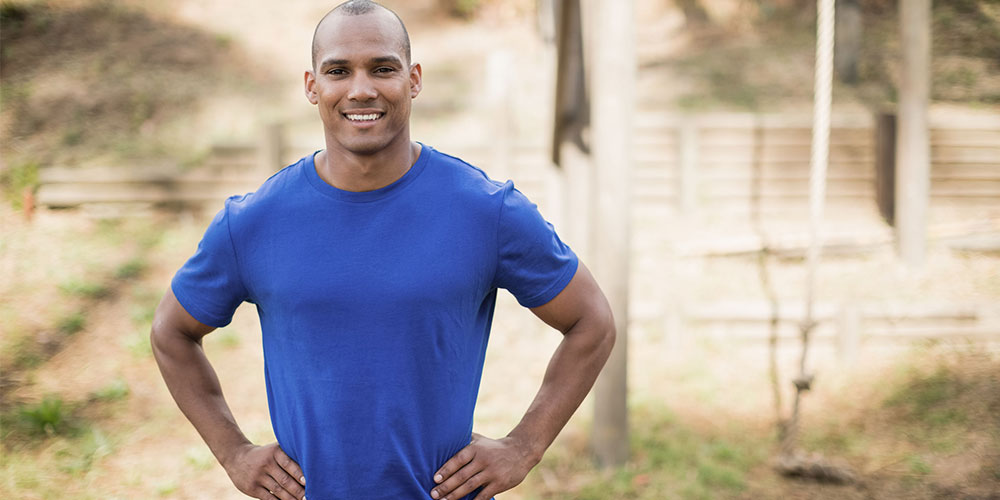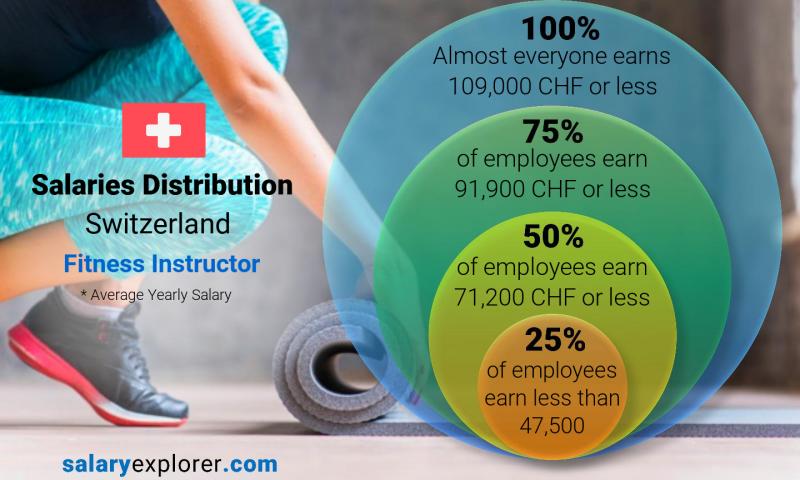
The best running shoes for weak knees will allow you to continue running. They will protect your knees from the stress of running. When looking for the perfect running shoe, be sure to consider the cushioning and the strike of your feet. These shoes can also be a great option for those with poor running form.
The soles of a good running shoe will be thick. They will help athletes avoid sprains and swollen joints by providing plenty of support for the foot. A thick sole allows runners the freedom to move freely and naturally.
An orthotic insole is another feature that you should look out for when shopping for running shoes for your bad knees. Orthotic inserts will provide extra support and shock absorption. You may need to stop running if you have knee pain. Although it may feel uncomfortable, you should find a pair that will give you enough support.

Besides the orthotic inserts, a good running shoe for bad knees should have ample cushioning. You can choose from foam, gel or synthetic padding for your running shoes. Shoes made of durable materials should be checked. This is especially important if your shoes are going to be worn for extended periods. If your shoes are too stiff and don't offer enough cushioning, it could place more strain than the shoe can bear.
The Hoka One One Gaviota 4 is one of the most comfortable shoes you can buy. It is available in both men and women's styles and has an innovative design to minimize wear on the knees.
Brooks Adrenaline GTS 21, another great shoe for weak knees, is the Brooks Adrenaline GTS 21. These shoes are made with responsive foam, which helps reduce overpronation. They have a low profile, synthetic mesh upper. They have a rubber outsole for good traction on various surfaces.
Hoka One One Clifton 8: Another shoe for bad knees. This shoe provides a lot in cushioning as well as a light, breathable design. This shoe is also more shoe-like that other Hoka models. It offers excellent feedback to runners, and it is comfortable for long runs with no knee pain.

You may need to purchase a new pair if you have knee problems. If you are unsure, talk to your doctor to find out if you need a new pair of running shoes. To determine the right type of running shoes for you, a specialist in shoe fitting can be consulted. You may also want to try out alternating between a cushioned and a stability shoe. This will help to avoid injury, especially for those who are hyperpronating.
Another good running shoe for bad knees is the Saucony Cohesion 14. This shoe has a comfortable, cushioned feel and is great for trails and road running. It's also extremely affordable. This shoe is available in both women's and men's versions and 14 different colors. It is also very breathable and provides arch support.
FAQ
Exercise can I make my body gain weight?
Not at all. Exercising can help you maintain your current weight. You can build muscle mass and speed up your metabolism by exercising regularly. This means you won't store as much fat in your body.
Is it possible that you can be too thin?
Yes! Both being underweight and having an eating disorder can be dangerous. It is not normal to be less than your ideal weight. You may also feel tired, weak, dizzy, and experience other symptoms that could indicate being underweight.
What if I am exercising and want to eat?
Yes. Yes. Watermelon, grapes (or carrots or celery), watermelon, grapes, apples, bananas or apples are all low-calorie snacks. These foods are rich in nutrients that will help you work out better.
What Does Exercise Do for Your Body?
Exercise can help you lose weight, increase muscle mass, improve energy levels, reduce stress and improve your sleep quality. Exercise has many benefits, including improved moods, higher self-esteem, greater productivity, and lower risk of heart disease.
Statistics
- Physical activity confers the following maternal and fetal health benefits: a decreased risk of pre-eclampsia, gestational hypertension, gestational diabetes (for example, 30% reduction in risk) (who.int)
- According to the Centers for Disease Control and Prevention, chronic diseases cause 7 out of 10 deaths in the U.S., and treating chronic diseases accounts for 86% of U.S. healthcare costs. (mana.md)
- Globally, 28% of adults aged 18 and over were not active enough in 2016 (men 23% and women 32%). (who.int)
- Globally, 81% of adolescents aged 11-17 years were insufficiently physically active in 2016. (who.int)
External Links
How To
How to Burn Belly Fats Faster
When we are trying to lose weight, belly fat is often seen as a problem. However, Belly Fat can be beneficial if you really think about it. It is the fat in your stomach that protects your organs. Let's find out how to lose belly fat quickly.
The two main factors that make us store body fat are stress and lack of exercise. Because of its stimulation of the production hormone cortisol, stress can make us feel hungry continuously. Cortisol levels are increased by insulin. The insulin stores the excess calories as fat. Lack of sleep causes the release of adrenaline into our system, leading to increased appetite. Exercise helps to break down these extra calories.
There are many ways you can reduce belly fat. Any one of these can be tried, depending on how much you have to spend. Here are some tips to help you get rid of belly fat quickly.
-
You can eat less. Instead of eating three large meals a day, eat smaller meals. You will eat less calories in general.
-
Drink lots of water. Water flushes out toxins and keeps you hydrated. Also, drinking water before every meal will keep you feeling full longer so you won't overeat.
-
Avoid snack foods that are unhealthy. If you're looking for quick fixes, snack foods like chips, cookies, candies, etc. might seem tempting. These fattening treats are best avoided as they have too many empty calories and sugar. Instead, opt for healthy alternatives such as fruits, vegetables and whole grains.
-
Strength training should be performed at least 3 times per week. Strength training builds muscle mass and burns more calories when you're not working out. It strengthens bones muscles ligaments, tendons and the heart.
-
Regularly walk or stretch. Stretching helps to improve flexibility and mobility, which reduces back pain. Walking is great for burning calories, especially brisk walking for 30 minutes.
-
Reduce alcohol intake. Reduce alcohol intake. Alcohol is a waste of calories and has no nutritional value.
-
Lose weight gradually. The first step towards losing weight is to identify what your current weight is. Add 5%-10% of your total bodyweight to calculate your ideal size. Once you have calculated your target body weight, you can begin to cut calories by 500-1000 calories every day until your goal is reached.
-
Avoid processed foods. These foods are high in salt, sugar, preservatives, and other harmful ingredients. These processed foods are often convenient, but they lack enough nutrients for good health.
-
Don't skip breakfast! Breakfast is good for your concentration, memory, and energy. You should have protein (such as eggs) and fiber (such as oats) for breakfast.
-
Have regular bowel movements. Bloating and gas can be caused by irregular bowel movements and constipation. You can prevent this by drinking lots of water and increasing your fiber intake.